Mechanical seals can be found throughout all industrial processes. There are many different types of mechanical seals available in multiple designs.
What Is a Mechanical Seal?
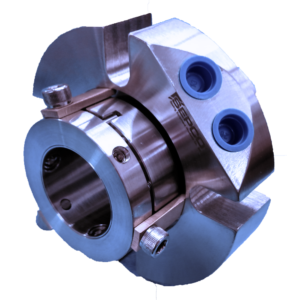
This mechanical seal is a cartridge type.
An end-face mechanical seal is a device on a rotating shaft used to keep contaminants out and fluids in. It prevents the fluid moved through an asset, most often a centrifugal pump, from leaking. These seals are located in the asset’s stuffing box or seal chamber. This is the area of the pump where the pump shaft connects to the drive (an electric motor, for example).
Except for air seals, which will be discussed later, most types of mechanical seals consist of two flat faces that are installed perpendicular to the shaft. One of the faces is mounted stationary to the seal chamber housing. The other face rotates with the shaft to provide the primary seal. Axial mechanical force and fluid pressure maintain the contact between the seal face materials. This contact prevents leakage and retains the fluid within the pump.
The Three Types of Mechanical Seals
Three types of mechanical seals are used in process equipment:
- Cartridge
- Component
- Air
A cartridge-mounted, end-face mechanical seal is a completely self-contained unit that houses the sealing components—a gland, sleeve, and hardware. A cartridge seal allows the unit to be preassembled and preset by the manufacturer. With the manufacturer handling these tasks, installation and maintenance are simplified. Cartridges may be equipped with one or two seals, depending the application’s requirements.
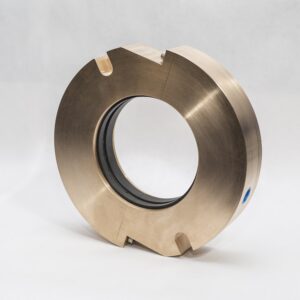
Air seals do not touch the shaft of equipment.
Component, end-face mechanical seals consist of a separate rotating member and a stationary seat that mount in a gland or housing. Since they are not preset, installation and maintenance are more complicated than cartridge seals. Installing these requires experienced technicians who can properly install and adjust them.
Air seals are noncontacting, pneumatic devices engineered to seal rotating shafts. These seals are primarily installed in dry powder or slurry applications. They protect against product loss, emissions, and contamination by using small amounts of air or inert gas. This air is throttled to create positive pressure and an effective seal.
Seal Chamber Types
The type of seal chamber affects the seal design and type chosen.
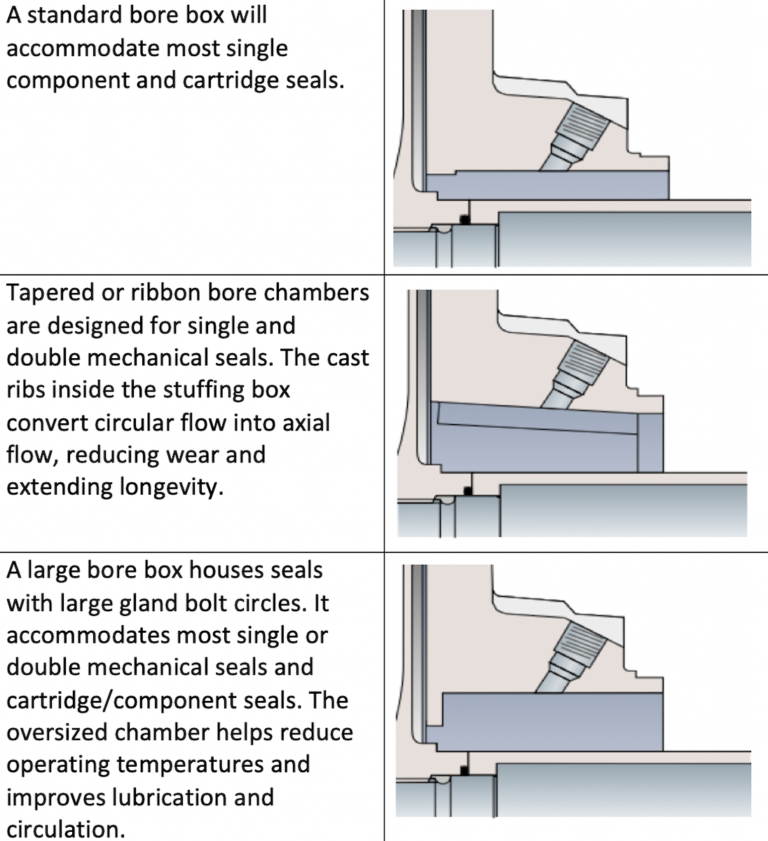
Stuffing box bore types
The correct bore size must be known to ensure that the ideal mechanical seal type is selected.
Seal Components
Most mechanical seals have five parts:
- Rotating primary face – Fixed to and rotates with the shaft and seals against the stationary primary sealing element
- Stationary primary face – Fixed to the stationary housing of the pump, mixer or other equipment through which the rotating shaft passes and seals against the rotating primary sealing element
- Mechanical loading devices – Biases the primary sealing elements in contact to initiate sealing. These can be a single spring, multiple springs, wave springs, or metal bellows.
- Static and/or dynamic secondary seals – Seal between the mechanical seal components and the equipment shaft and housing that compensates for any shaft movement that may damage the seal faces.
- Drive mechanisms – Set screws and drive pins are examples of drive mechanisms used to provide rotation to the rotating primary seal face
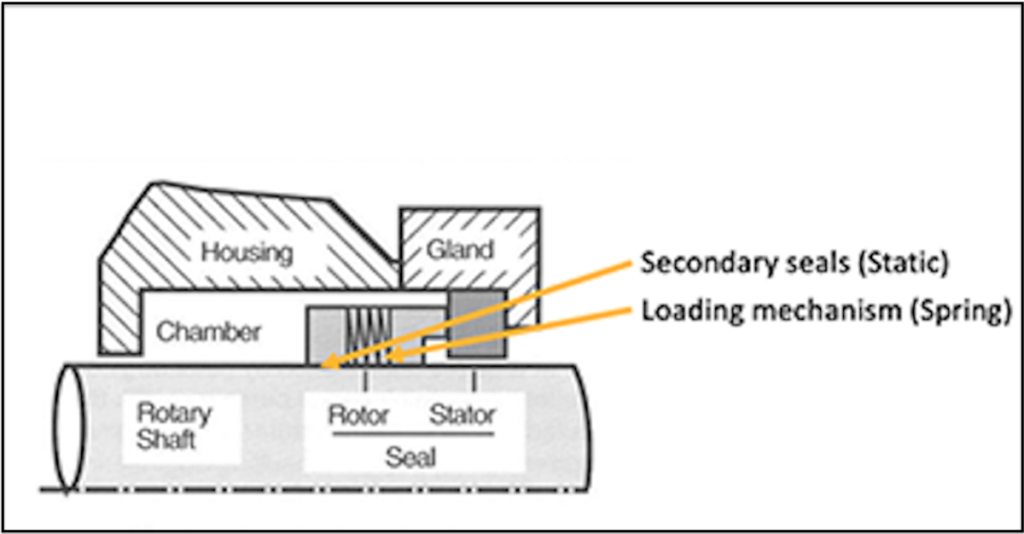
The parts of a mechanical seal
More to Come
In summary, knowing the mechanical seal types and the parts that make them up is only the beginning. Assessing the application, installation, and operation (with leakage limits) helps determine which seal type will be selected and how well it will perform in the system. This important decision factors into overall system reliability.
About the Author
 Thomas (Tommy) Seales is the Mechanical Seal Division Product Manager for Sealing Equipment Products Company (SEPCO). He is primarily responsible for managing the engineering department and overseeing new product development. His responsibilities also include providing any and all domestic and international technical support for the distributor and outside salesforce for SEPCO. Seales has worked at SEPCO for more than 42 years and has been the product manager of the mechanical seal division for 35 years. He is an honorary lifetime member of the United Who’s Who Registry of Executives and Professionals. Seales may be reached at tommys@sepco.com.
Thomas (Tommy) Seales is the Mechanical Seal Division Product Manager for Sealing Equipment Products Company (SEPCO). He is primarily responsible for managing the engineering department and overseeing new product development. His responsibilities also include providing any and all domestic and international technical support for the distributor and outside salesforce for SEPCO. Seales has worked at SEPCO for more than 42 years and has been the product manager of the mechanical seal division for 35 years. He is an honorary lifetime member of the United Who’s Who Registry of Executives and Professionals. Seales may be reached at tommys@sepco.com.

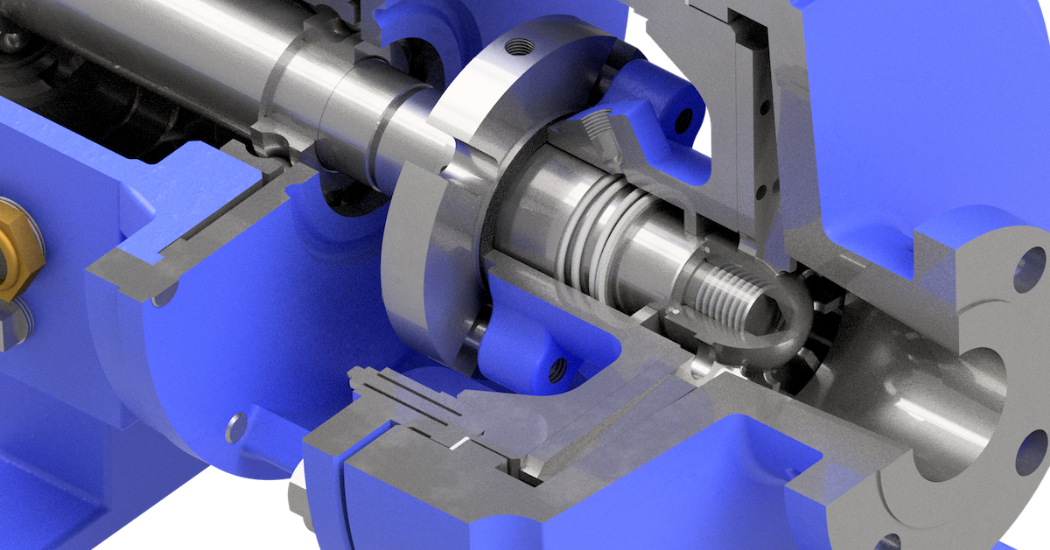
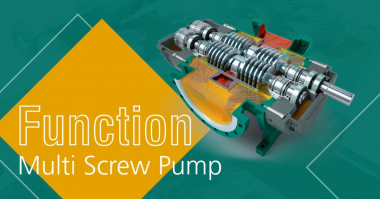
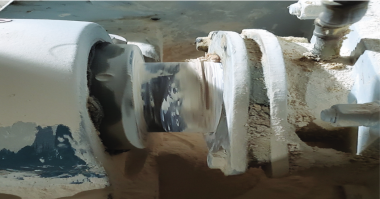
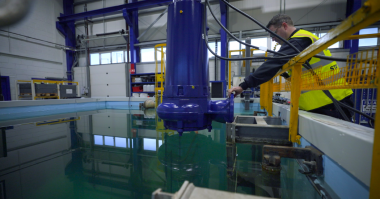
Comments